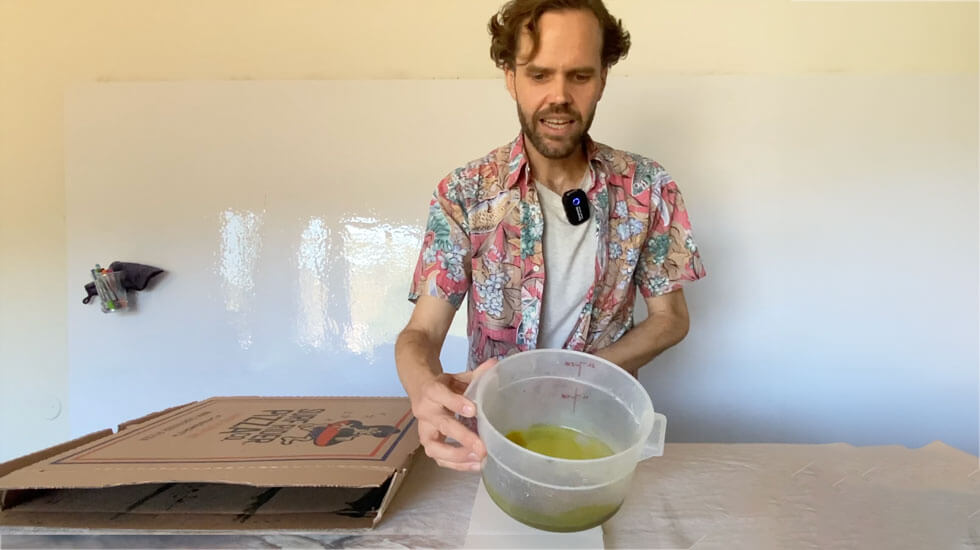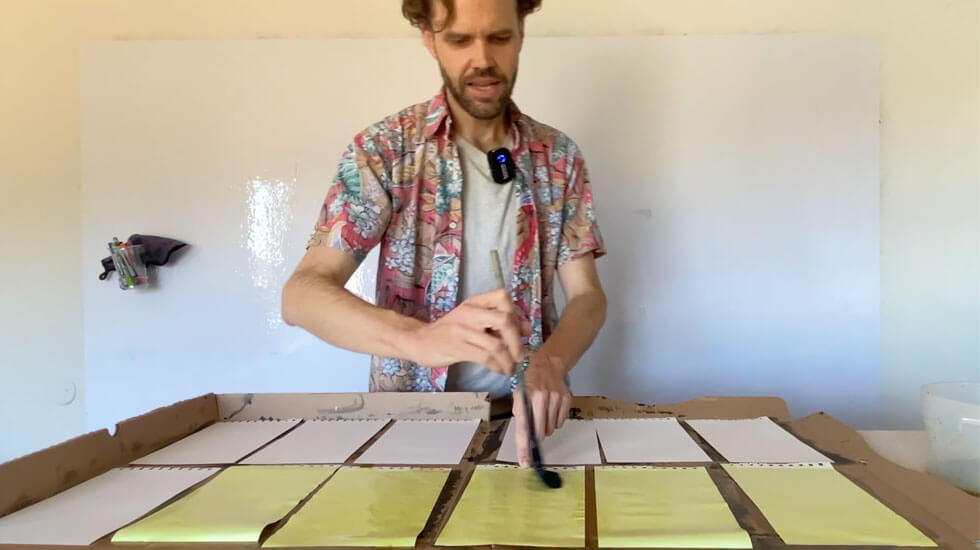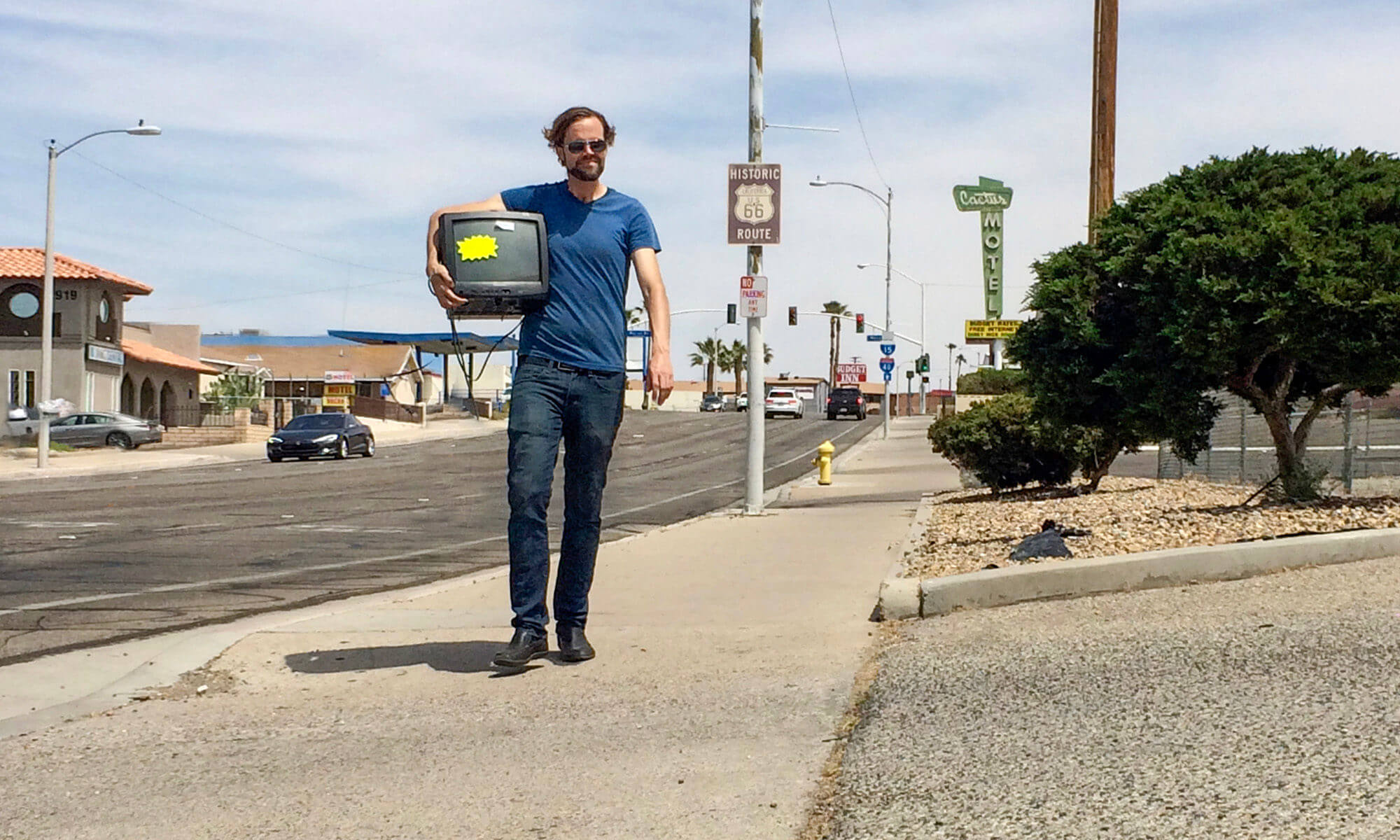Cyanotypes are a unique form of photography, discovered by in the 1800’s by Sir John Herschel. Cyanotypes are blue and white images, exposed using only sunlight, and developed using only water. The cyanotype art form is not only fascinating but also accessible to anyone who has access to a few simple materials.
Here’s a step-by-step guide on how to create your own cyanotype paper.
To start, you’ll need a paper substrate, which will serve as the base for your cyanotype. An 8.5 by 5.5-inch size is manageable and portable. The cyanotype chemistry, which makes the paper light-sensitive, is created by combining two chemical compounds: Potassium Ferricyanide and Ferric Ammonium Citrate. These liquid solutions are mixed, in equal measure, to form a light-sensitive solution which can be brushed onto the paper.

When applying the solution, use a Hake brush (pronounced “Ha Kay”). Hake brushes contain no metal, which is important for cyanotype because metal can react with the cynanotype chemistry. The mixed cyanotype solution is brushed onto the paper, and the paper is then left to dry. This process can be done on a variety of paper sizes, from small index cards to larger 16 by 20-inch sheets.

Once the paper is dry, your cyanotype paper is ready for exposure. The cyanotype process involves placing an object or photographic negative on the paper, and then exposing it all to strong sunlight. The areas of the paper that are exposed to the sun will turn blue, while the areas that are covered remain white. After exposure, the exposed cyanotpe paper is rinsed in water to stop the reaction and fix the image.

Creating cyanotypes is a fun and engaging way to explore the intersection of art and science. Whether you’re a seasoned artist or a curious beginner, the process of making cyanotypes offers a unique opportunity to create beautiful, sun-printed images.
Now that you have your own cyanotype paper, it’s time to expose your cyanotype to sunlight. Be sure to pick a day with strong sunlight, and put objects on your paper which cast distinct shadows. Then you’ll get to develop your cyanotypes in water, and finally you can display your cyanotypes in any way you’d like.
